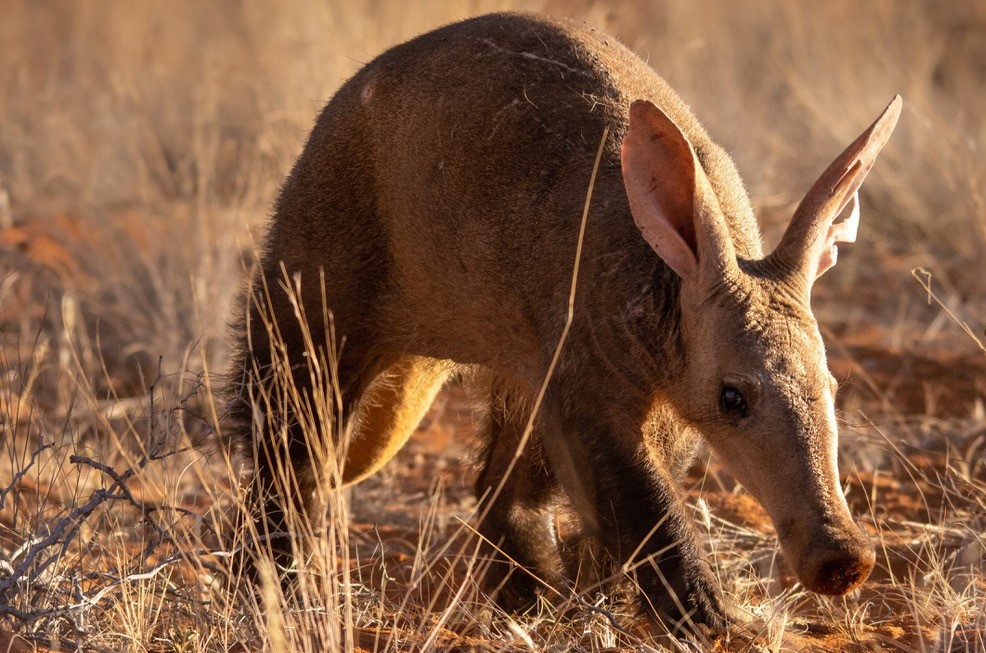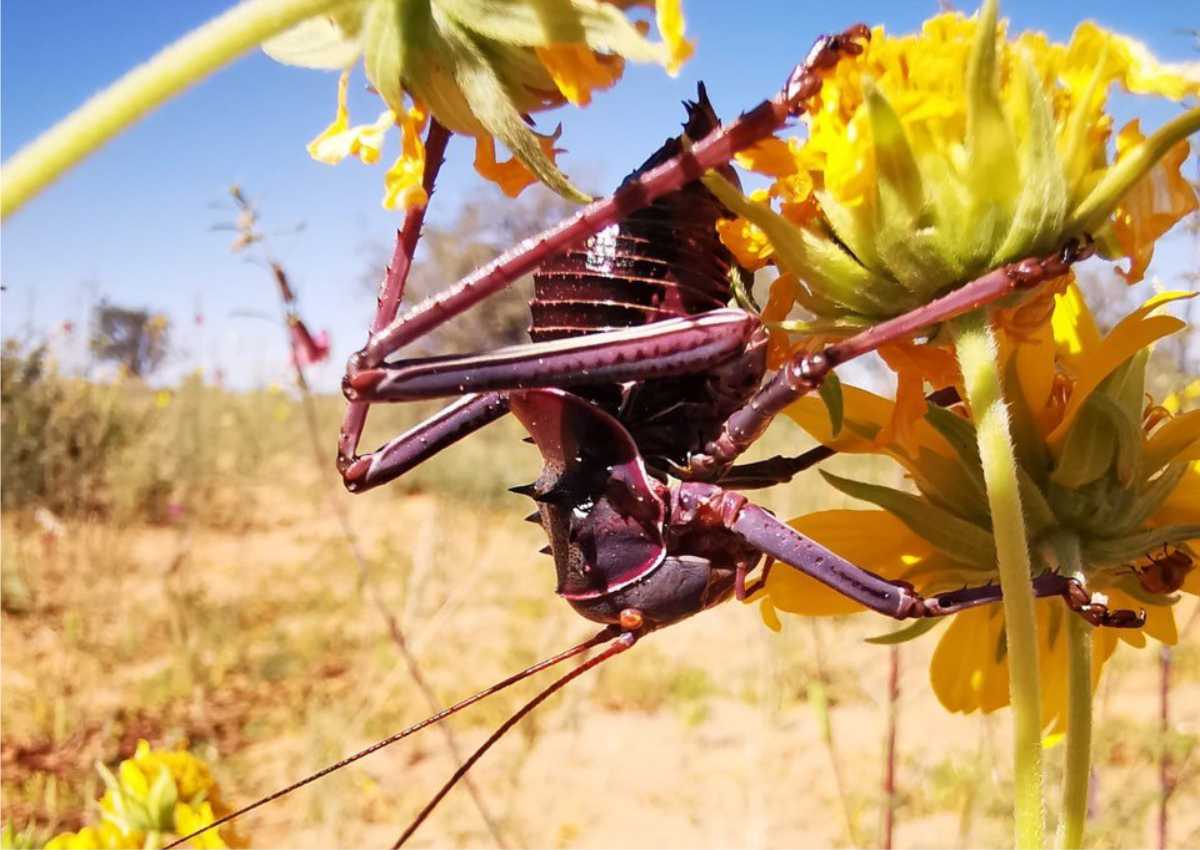My first winter on Tswalu
I spent my first winter on Tswalu, and what a special time it was. As the days became shorter and the sun’s strength weakened, the change in seasons on the reserve became increasingly obvious. The dune streets, once hugged by lush forbs and grasses, were lined with dehydrated golden vegetation which swayed and glistened in the August wind. The temperatures dropped by half, and summer highs of around 45 degree Celsius were replaced by a maximum of around 25 degrees if we were lucky. While the afternoons were glorious, the drastic drop in temperature was very evident. With minimum temperatures often dropping below zero degrees at night, our early morning shower was often a little unrealistic due to frozen water pipes. We watched shallow bodies of water freeze over on more than one occasion, not something one generally expects from a semi-arid environment but happily surprising none the less.
With all these drastic changes in season something truly amazing happens here during winter. The elusive species, that many simply hear about on safari, begin to surface during the day! These include aardvark, aardwolf and, if you’re very lucky, pangolins.

The icy evenings mean that these normally nocturnal creatures surface well before sunset in search of food before temperatures plummet with the setting sun. This means that one stands a chance of spotting a foraging aardvark anywhere from midday onwards. Here at Tswalu we have coined the term ‘aardvarking’, which refers to the very sensitive way in which we approach these animals to avoid impacting on their natural behaviour. Aardvarks have very sensitive hearing as well as an exceptional sense of smell, which is why we prefer to approach these animals on foot. While moving very carefully towards the animal, it’s always important to pay close attention to wind direction to avoid giving one’s scent away. If all goes according to plan, one can get to within a few metres of this incredible animal.

Winter was also characterised by something less pleasant. I thought I was in a horror movie when I came across armoured ground crickets for the first time. At the end of the summer rainy season, these formidable insects emerge from the ground after hatching. When there is insufficient rain, eggs may lie dormant in excess of 12 months until conditions are favourable. Picture thousands of these baby crickets erupting from the ground within a few weeks of each other. That doesn’t sound too bad, perhaps, but baby crickets soon moult into very large mature crickets. These insects are armed with a hard, spiked shield which covers part of the abdomen and have long spiked legs for climbing. They feed on almost anything from carrion to vegetation, and in the southern Kalahari they move into nests of Sociable weavers as well as White-browed sparrow weavers to feast on helpless chicks. To defend their young, adult birds will peck the intruders who will haemorrhage or squirt toxic blood in response – a horror movie moment, for sure. The blood attracts other armoured ground crickets, who move like cannibalistic zombies towards the source to feed – grotesque!
